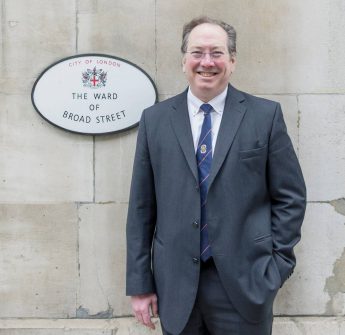Mike Godwin’s law of Nazi analogies states that as an online discussion grows longer, the probability of a comparison involving Nazis or Hitler approaches one. A corollary adage might be that as an economic discussion grows longer, the probability of creating a new form of taxation approaches one. Your leader on the rise of e-money violated this proper economic discussion by creating no new tax (“The digital currencies that matter”, May 8th). In fact, tax got no mention at all.
You summed up well the positive aspects of central-bank digital currencies (CBDCs). Yet government-issued fiat currencies are deeply entwined with tax (fiat currencies are arguably just tax credits). CBDCs provide new tax-collection powers. Complex taxation algorithms can be applied to any CBDC transaction in real time. Once people realise the power of CBDC systems to support various taxation initiatives at low transaction costs, we should expect avalanches of proposals: town taxes, child-noise taxes, sugar taxes, alcohol-consumption taxes, foreign-visitor taxes, and so on.
In 2016 I gave an example of such a CBDC-based tax to the House of Lords. Given widespread sentiment that London is too overweening, imagine a populist redistribution tax whereby transaction taxes rise in wealthy districts. To bring about levelling up, politicians increase the taxation rate as you approach Trafalgar Square, up to 99.9% beside Nelson’s Column, or spend your money in the Outer Hebrides at 0.1% tax. Technology cuts two ways.
Professor Michael Mainelli
Executive Chairman
Z/Yen Group
London
29 May 2021- https://www.economist.com/letters/2021/05/29/letters-to-the-editor

